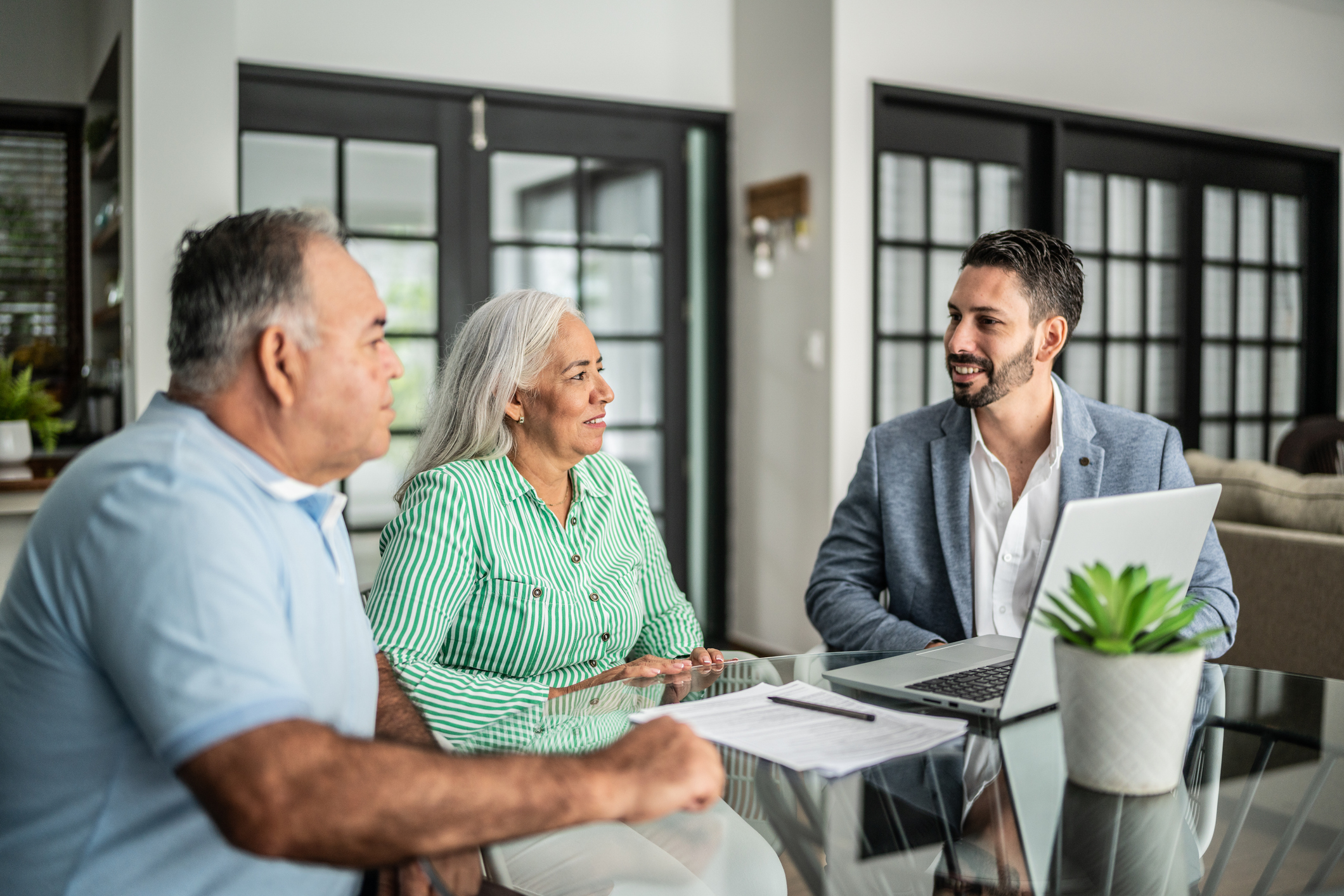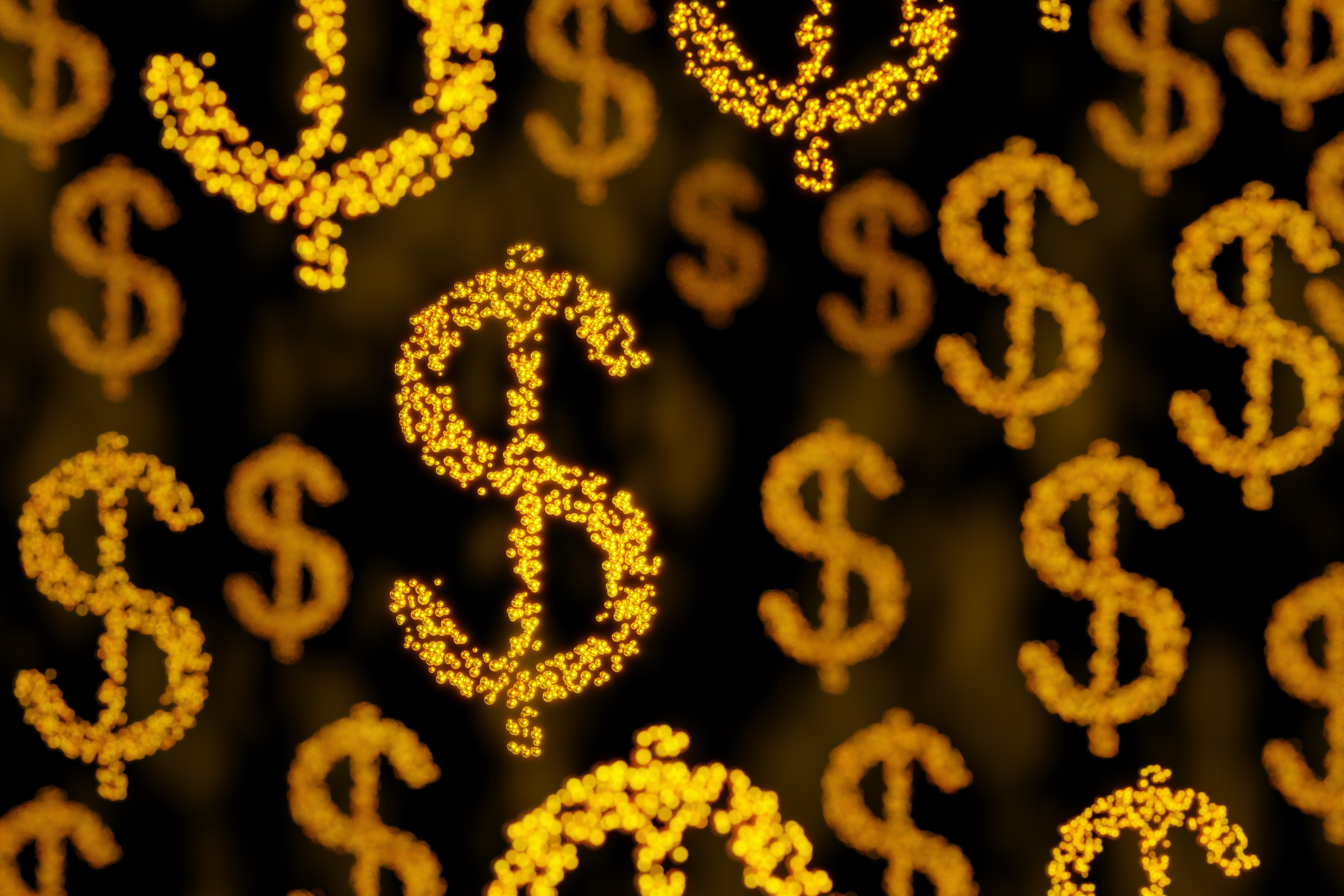5 “Unloved” Value Funds to Consider Buying Now
Some years, it hardly seems to matter whether you invest in growth or value strategies – all stocks move up together, or all stocks move down together.


Some years, it hardly seems to matter whether you invest in growth or value strategies – all stocks move up together, or all stocks move down together. But in 2017, strategy has mattered in a big way. Mutual funds that invest in large, undervalued companies have returned a respectable 10.8% year-to-date on average. But funds that invest in large, growing companies have returned a whopping 24.4%.
It’s an impressive performance gap, but it’s likely not a sustainable one. That’s because much of the gains in large-cap growth funds can be attributed to the five stocks that make up the “FAANG” acronym: Facebook (FB), Amazon.com (AMZN), Apple (AAPL), Netflix (NFLX) and Google parent Alphabet (GOOGL). After posting heroic average returns of 48.2% so far this year, those stocks now trade at a whopping 58.7 times next year’s earnings estimates, on average. It’s hard to picture them delivering another bang-up year from such high valuations.
Instead, we suggest investors refocus their attention on bargain-hunting. We’ve profiled the five top-performing no-load mutual funds that invest in large, undervalued shares, as ranked by five-year performance. Each fund boasts stellar management and a solid long-term track record.
If the market wakes up one morning and decides it’s no longer in love with growth, these five value funds should benefit.
em>Data is as of Nov. 17, 2017, unless otherwise noted. Funds listed in alphabetical order. Click on ticker-symbol links in each slide for current share prices and more.

Boston Partners All-Cap Value Fund
- Expense ratio: 1.05%
- 1-year return: 15.6%
- 5-year annualized return: 16.6%
At Boston Partners All-Cap Value Fund (BPAVX, $26.48), manager Duilio Ramallo has a big ocean to select stocks from – the fund may invest in American and foreign companies of all sizes. But mainly, BPAVX sticks to large U.S. firms – at last report, 66% of assets was invested in large companies, and 88% was invested in U.S. stocks.
Ramallo’s aim is to identify shares of companies that exhibit three characteristics: an attractive valuation, strong business fundamentals and catalysts for change or positive business momentum.
The fund’s two largest sector allocations at the moment are financial stocks, at 30.1% of assets, and technology shares (25.7%). The latter is an unusual focus for value investors – the average large-cap value fund holds just a 12% allocation to tech stocks – since tech generally is considered more the domain of growth investors. Top holdings include the likes of JPMorgan Chase (JPM), Citigroup (C) and Cisco Systems (CSCO).
The fund is a long-term winner, too, with an 11.9% annualized return over the past 15 years that has beaten 99% of peer large-cap value funds.

Dodge & Cox Stock Fund
- Expense ratio: 0.52%
- 1-year return: 15.3%
- 5-year annualized return: 16.8%
Dodge & Cox is known for its deep-dive approach to investing, and that approach has served investors well at Dodge & Cox Stock Fund (DODGX, $201.09).
Bryan Cameron, director of research for the fund company, explains that analysts start their research process with publicly available information, then talk to clients, customers, competitors and suppliers, and finally meet with a company’s management before recommending an investment for the fund. Analysts and managers seldom leave the firm, which means over time the investing team gathers a deep, accumulated knowledge base of the companies it follows. In recent years, the fund’s typical holding period for a stock position has been more than five years.
In today’s market, Cameron says, the team has to look beyond bargain-basement stocks to build a well-rounded portfolio. They are finding some opportunities among financial stocks (DODGX’s largest sector holding, at 27.2% of assets), which still are feeling the pain of low interest rates, and among certain energy stocks (7.8%) that they feel will be well-positioned should energy prices rebound.
An added benefit of this Kip 25 member: The fund’s expense ratio is roughly half that of the average large-cap value fund.

Homestead Value Fund
- Expense ratio: 0.62%
- 1-year return: 19.3%
- 5-year annualized return: 16.1%
The Homestead Funds have an unusual origin story. The fund company was launched in 1990 to manage funds on behalf of a co-op of locally owned rural electric providers, say Homestead Value Fund (HOVLX, $54.86) co-managers Mark Ashton and Prabha Carpenter, in jointly emailed comments. “We’re a small team that had to find a way to invest prudently but opportunistically to grow the savings of employees of these rural electric co-ops,” the pair says. That original mandate still translates into a focus on avoiding losses.
Another quirk of the fund, as the managers say, is that it is “sector- and industry-agnostic.” Instead of chasing certain sectors or industries, management will follow “a particular idea until we find the investment angle that fits our risk-averse style.” For example, if they are looking for opportunities related to the growth of e-commerce, instead of only looking at retailers, they might also consider trucking companies. At the moment, the fund is heaviest in technology (21.4%), healthcare (17.2%) and financials (16.6%).
Finally, instead of mainly focusing on a stock’s cheapness, they take a more holistic approach – evaluating, for example, a firm’s managers and considering whether there might be a catalyst for growth in a specific business segment.
That approach has served investors well. Homestead Value Fund’s 9.8% annualized return over the past 15 years is better than 85% of peer funds.

Sound Shore Fund
- Expense ratio: 0.91%
- 1-year return: 19.3%
- 5-year annualized return: 16.1%
- Sound Shore Fund’s (SSHFX, $49.92) management team follows a disciplined, bottom-up stock-picking process, says John DeGulis, who has been a co-manager on the fund since 2003. The team first screens for U.S. stocks and ADRs trading for low price-to-earnings ratios, then runs an additional “value check” – looking at a range of valuation ratios to confirm that a prospective investment is, indeed, undervalued. Finally, the team digs in with traditional fundamental research, with one aim being to establish a company’s long- and near-term earnings power.
It’s unusual to find an investment-management shop that offers only one product. Even rarer is to find one that has managed that product well for more than 30 years. Parent company Sound Shore Management launched its eponymous fund in 1985, and the fund’s original managers, Harry Burn and T. Gibbs Kane, still are at the helm.
The team likes “financially sound companies that have underperformed and have lost Wall Street’s attention due to low expectations,” DeGulis says. For example, the fund first invested in Applied Materials (AMAT) – a supplier of equipment and services to the semiconductor industry – in 2010, when the Great Recession still was hanging over the stock. The team concluded Applied Material’s 3D chip technology and other products were going to become big earnings drivers. They were right – the stock has gained more than 300% since the end of that year. SSHFX still holds the position.
Sound Shore has returned 9.8% on average over the past 15 years, beating 85% of its peers. And the company says it has returned 10.2% annualized over the past 30 years through the end of the third quarter, besting the Standard & Poor’s 500-stock index's 9.5% annualized return over the same period.

T. Rowe Price Value Fund
- Expense ratio: 0.82%
- 1-year return: 17.6%
- 5-year annualized return: 15.9%
Manager Mark Finn has steered T. Rowe Price Value Fund (TRVLX, $38.81) – another Kip 25 fund – since the beginning of 2010. Finn says his goal in the fund is to seek out “high-quality companies facing some kind of controversy that through our work we determine to be temporary or addressable.” The fund also benefits from T. Rowe Price’s deep stock-research bench.
Although it held 117 individual stock positions as of last report – hardly making for a concentrated portfolio – Finn also isn’t afraid to load up the portfolio with big stakes in high-conviction names. He says much of the fund’s outperformance over time has come from those high-conviction picks.
Today, Finn says he’s seeing opportunities primarily in four areas: retail, media, energy and telecommunications. He likes Walmart (WMT), which he says “has the best chance of competing directly with Amazon” given its distribution capabilities and investments in e-commerce. Given ongoing disruption in the media industry, Finn says companies that offer “must-have” programming should fare best. He favors Twenty-First Century Fox (FOXA) for its “loyal following in sports and news.” Among energy companies, he likes EOG Resources (EOG), a shale producer that tends to operate more efficiently than industry peers. Lastly, Finn sees risk in the telecom sector, in part due to “intense price competition in their wireless business,” he says. But he’s still betting on Verizon Communications (VZ) and Crown Castle International (CCI), which he says should benefit as wireless technology moves to its fifth-generation, or 5G, iteration.
Profit and prosper with the best of Kiplinger's advice on investing, taxes, retirement, personal finance and much more. Delivered daily. Enter your email in the box and click Sign Me Up.

-
 CD Maturing Soon? Here's What to Do Next
CD Maturing Soon? Here's What to Do NextThese strategies of what to do when you have a CD maturing soon will have you maximizing returns even with rate cuts.
-
 How to Make 2026 Your Best Year Yet for Retirement Savings
How to Make 2026 Your Best Year Yet for Retirement SavingsMake 2026 the year you stop coasting and start supercharging your retirement savings.
-
 You Saved for Retirement: 4 Pressing FAQs Now
You Saved for Retirement: 4 Pressing FAQs NowSaving for retirement is just one step. Now, you have to figure out how to spend and maintain funds. Here are four frequently asked questions at this stage.
-
 Why I Trust These Trillion-Dollar Stocks
Why I Trust These Trillion-Dollar StocksThe top-heavy nature of the S&P 500 should make any investor nervous, but there's still plenty to like in these trillion-dollar stocks.
-
 Stocks Close Out Strong Month With Solid Amazon Earnings: Stock Market Today
Stocks Close Out Strong Month With Solid Amazon Earnings: Stock Market TodayAmazon lifted its spending forecast as its artificial intelligence (AI) initiatives create "a massive opportunity."
-
 Stocks Sink with Meta, Microsoft: Stock Market Today
Stocks Sink with Meta, Microsoft: Stock Market TodayAlphabet was a bright light among the Magnificent 7 stocks today after the Google parent's quarterly revenue topped $100 billion for the first time.
-
 Alphabet Stock Pops After Google Antitrust Ruling: What to Know
Alphabet Stock Pops After Google Antitrust Ruling: What to KnowGOOGL stock is soaring Wednesday after a judge ruled that Alphabet does not have to divest its Chrome browser.
-
 Is Netflix Stock Still a Buy After Earnings, Price Hikes?
Is Netflix Stock Still a Buy After Earnings, Price Hikes?Analysts were bullish on Netflix stock ahead of its earnings beat, but what is Wall Street saying now? We take a closer look.
-
 Is JPMorgan Chase Stock a Buy, Hold or Sell After Earnings?
Is JPMorgan Chase Stock a Buy, Hold or Sell After Earnings?JPMorgan Chase is trading higher after the big bank topped fourth-quarter earnings expectations, but is the stock a Buy? Here's what you need to know.
-
 The 24 Cheapest Places To Retire in the US
The 24 Cheapest Places To Retire in the USWhen you're trying to balance a fixed income with an enjoyable retirement, the cost of living is a crucial factor to consider. Is your city the best?
-
 Stock Market Today: Stocks Rally on Strong Netflix Earnings
Stock Market Today: Stocks Rally on Strong Netflix EarningsMega-cap tech leads the charge as markets rise for a sixth straight week.
